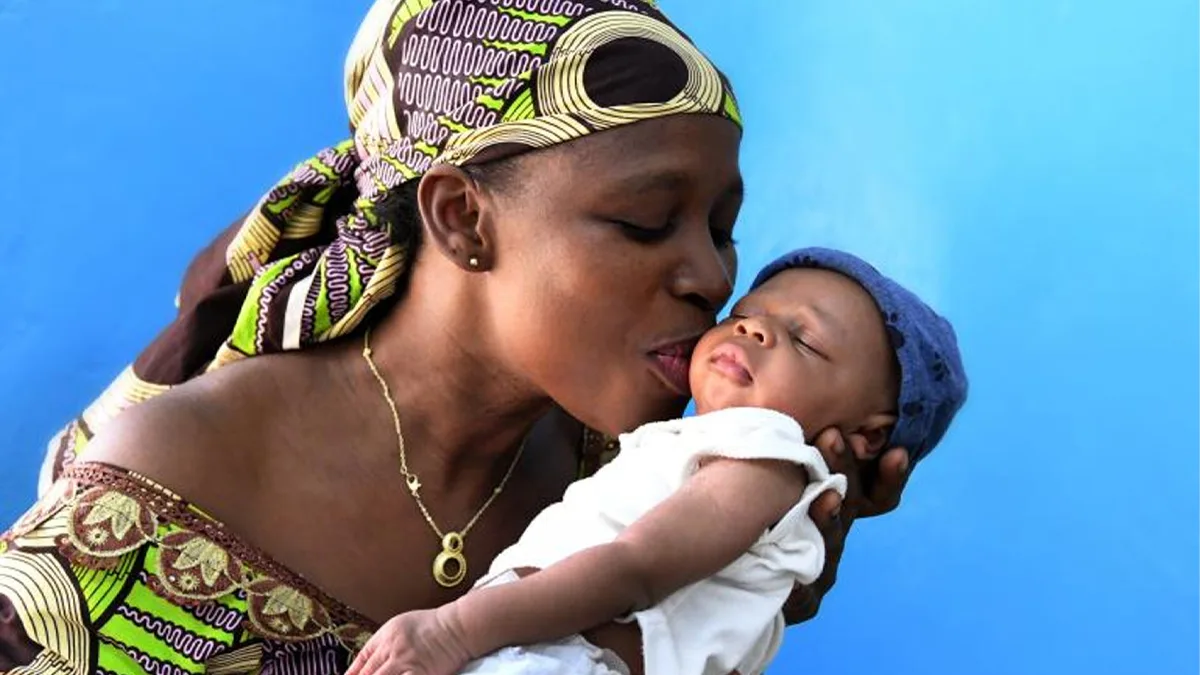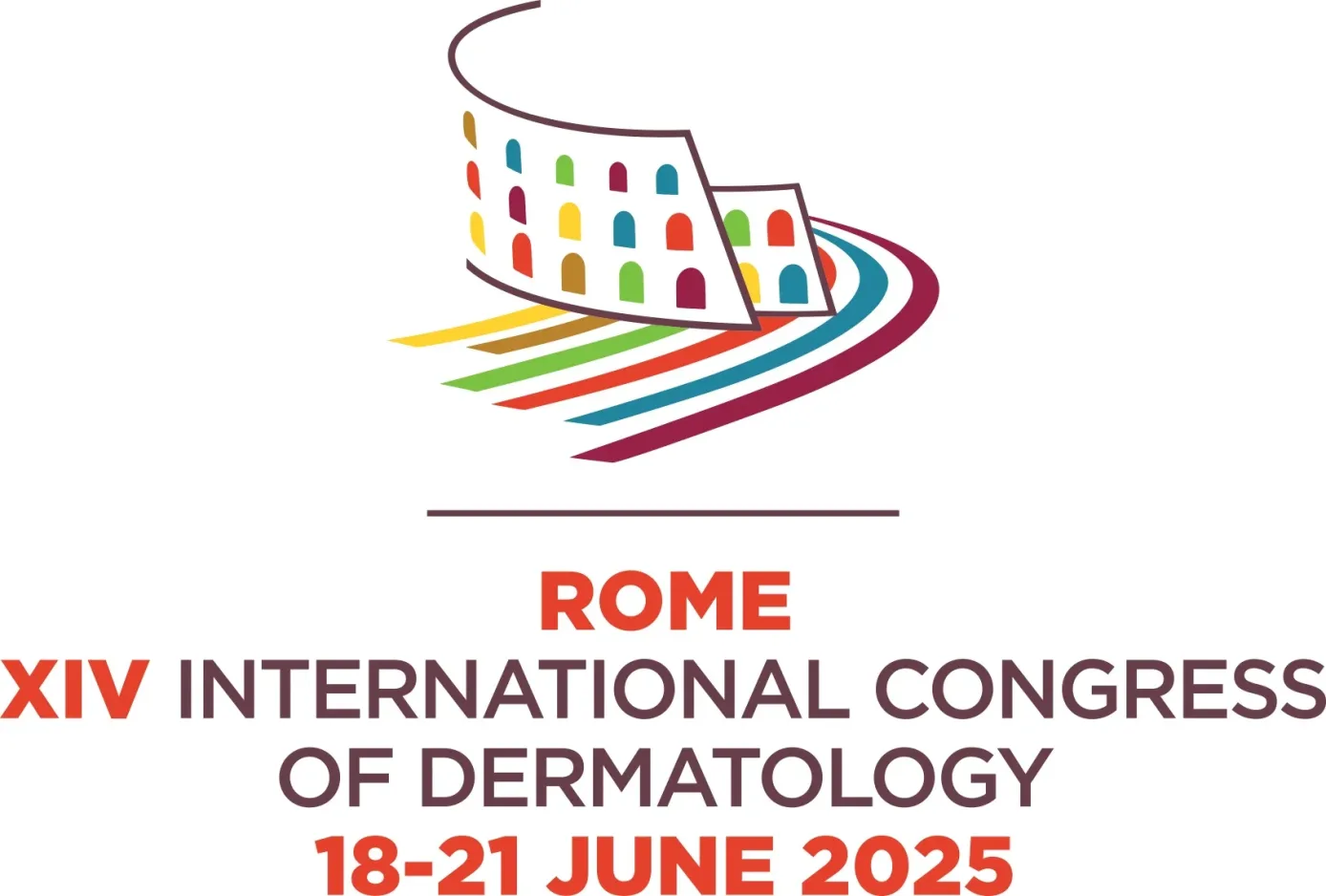New York- UNICEF’s latest Global Snapshot on Children with HIV and AIDS reveals a concerning trend, with nearly 98,000 adolescent girls aged 10-19 contracting HIV in 2022, equating to 1,900 new infections every week. While this marks a nearly 50% reduction since 2010, girls in this age group were still more than twice as likely to contract HIV compared to boys. Globally, there were 270,000 new HIV infections among all children and adolescents aged 0-19 in 2022, bringing the total number of young people living with HIV to 2.6 million.
“It is unacceptable that adolescent girls, who should be planning their futures, continue to bear the heaviest burden of HIV infection,” said UNICEF Associate Director of HIV/AIDS Anurita Bains. “We – the UN, communities, governments, and organisations – must eradicate the obstacles that make HIV a threat to their health and wellbeing. This includes ensuring the sexual and reproductive health and rights of adolescent girls and young women are met.”
Gender inequalities, poverty, and limited access to healthcare and prevention programs contribute to the disproportionate impact on girls. In sub-Saharan Africa, HIV prevalence among adolescent girls and young women (10-24 years) is consistently over three times higher than among their male counterparts.
The Global Snapshot identifies Eastern and Southern Africa as carrying the highest burden of HIV infection among the 0-19 age group, followed by West and Central Africa, East Asia and the Pacific, Latin America and the Caribbean, and South Asia.
Despite progress, significant inequities persist in access to treatment for children and young adolescents compared to adults. Globally, nearly one million people aged 0-19 living with HIV are not receiving treatment, with about 60% of this group in Eastern and Southern Africa. Cumbersome diagnostic processes, specific testing requirements, and a lack of age-appropriate antiretroviral medication contribute to just 57% of children aged 0–14 years receiving treatment, compared to 77% of those aged 15 and above.
Also Read: Togo launches HPV vaccine to protect girls from cervical cancer
The report highlights the slow progress in ending AIDS, with 99,000 children and adolescents aged 0-19 globally succumbing to AIDS-related causes in 2022, comprising 15% of all AIDS-related deaths, disproportionately high for a group representing only 7% of people living with HIV. Urgent action and a renewed commitment are crucial to addressing these alarming disparities and saving young lives globally.

















